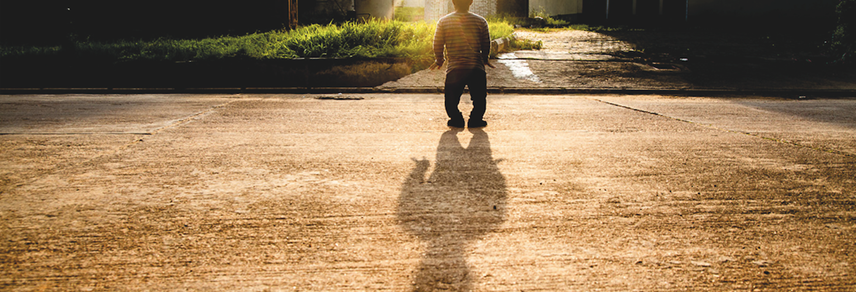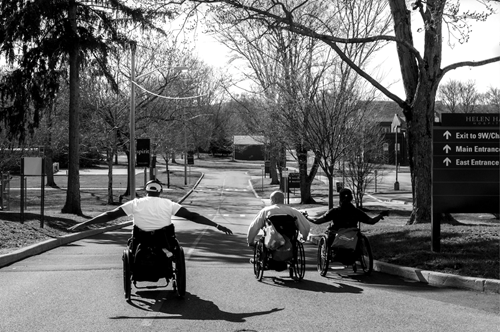
DEPICTING DISABILITY
Who: Getty Images and Verizon Wireless
Challenge: Getty Images’ clients and photographers had a key challenge when it came to depicting disability; they were afraid of doing the wrong thing. “There’s a fear of making the person being photographed or filmed feel uncomfortable. There’s this fear of not representing them in the right way,” Rebecca Swift, global head of creative insights at Getty Images says. Guidelines about the depiction of disabilities – particularly about avoiding dehumanising stereotypes like showing only a wheelchair, without the person’s face in the image – were similarly lacking. Getty Images wanted to tackle these challenges, in the same way it met the female representation challenge head on with the launch of the ShowUs collection in June 2019.

Photo credit: Adetona Omokanye
Strategy: To improve representation and depiction of disabilities by brands and the media, Getty Images partnered with US telecom Verizon Wireless, which also brought on board the National Disability Leadership Alliance – a US-based charity that works across 17 disability groups. The collection was developed with an initial library of 1,700 images. The key was to depict people living with disabilities simply existing in their daily lives. Instead of focusing on the wheelchair, artificial limb, carer or other support figure or apparatus, the goal was to depict people living their lives. They just happen to be living them with disability.

Photo credit: Nolan Ryan Trowe
Rationale: “The reason this collection has been successful is because it has been approved by the people it represents. Which is obviously something we’re very keen on doing for representation in all its shapes and forms,” Swift says. To this end, Getty Images and Verizon are also offering a bursary for five photographers who feature disability in their work. This should encourage more photographers living with disabilities to gain access to commercial work. “We are very keen on having representation behind the camera as well as in front of it,” Swift says. “It’s a good way of using the money that we do have in a beneficial way for that community. Next, Swift hopes to take a similar approach to the depiction of ageing.



